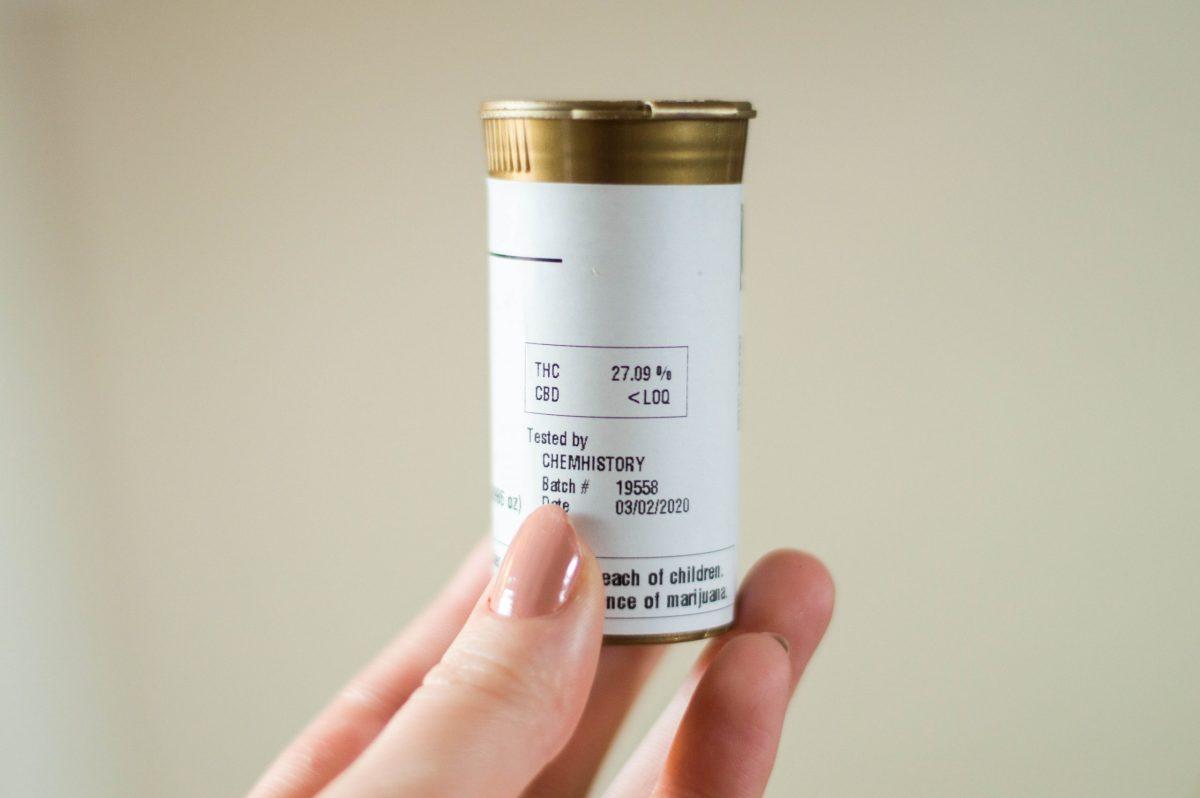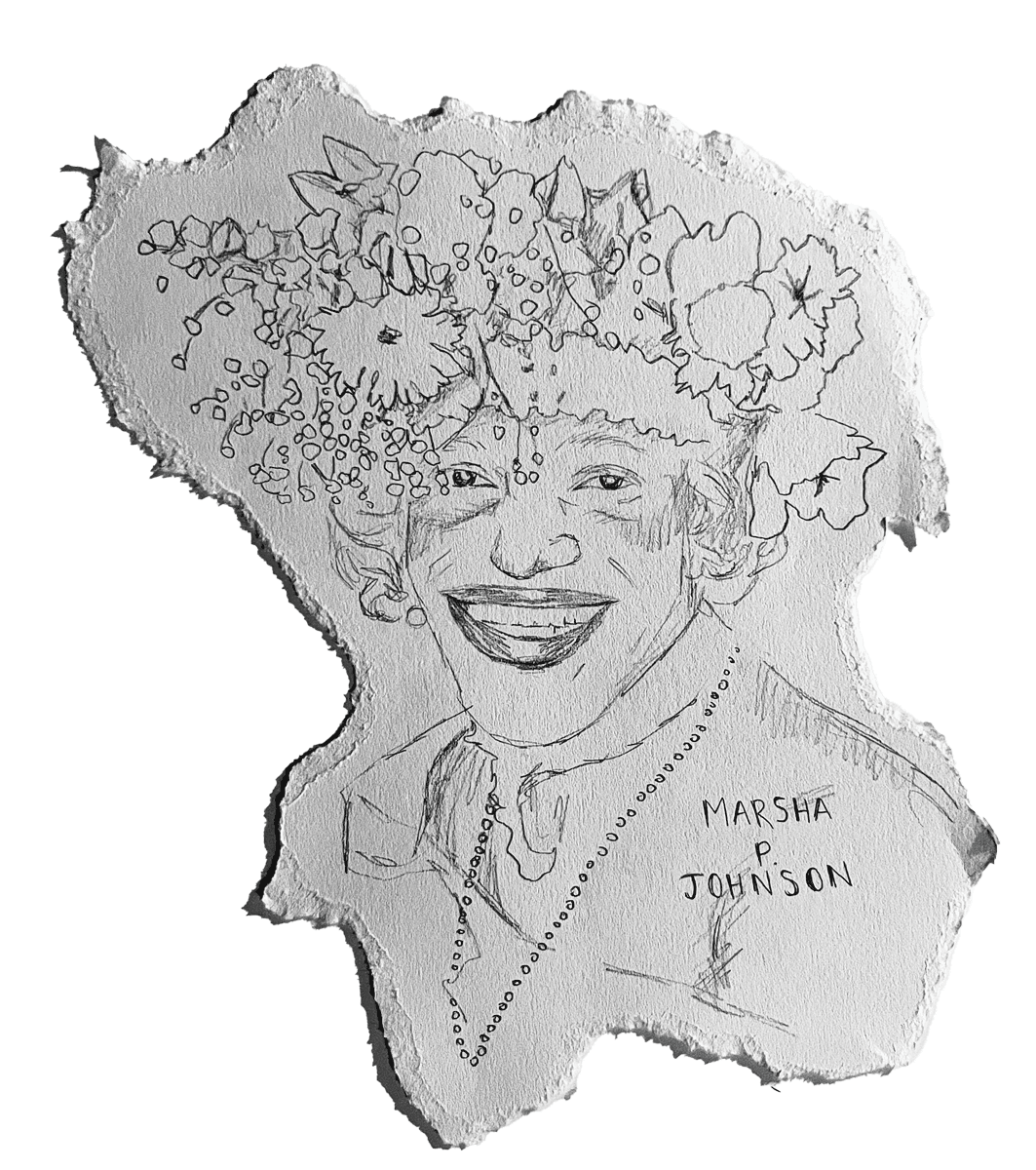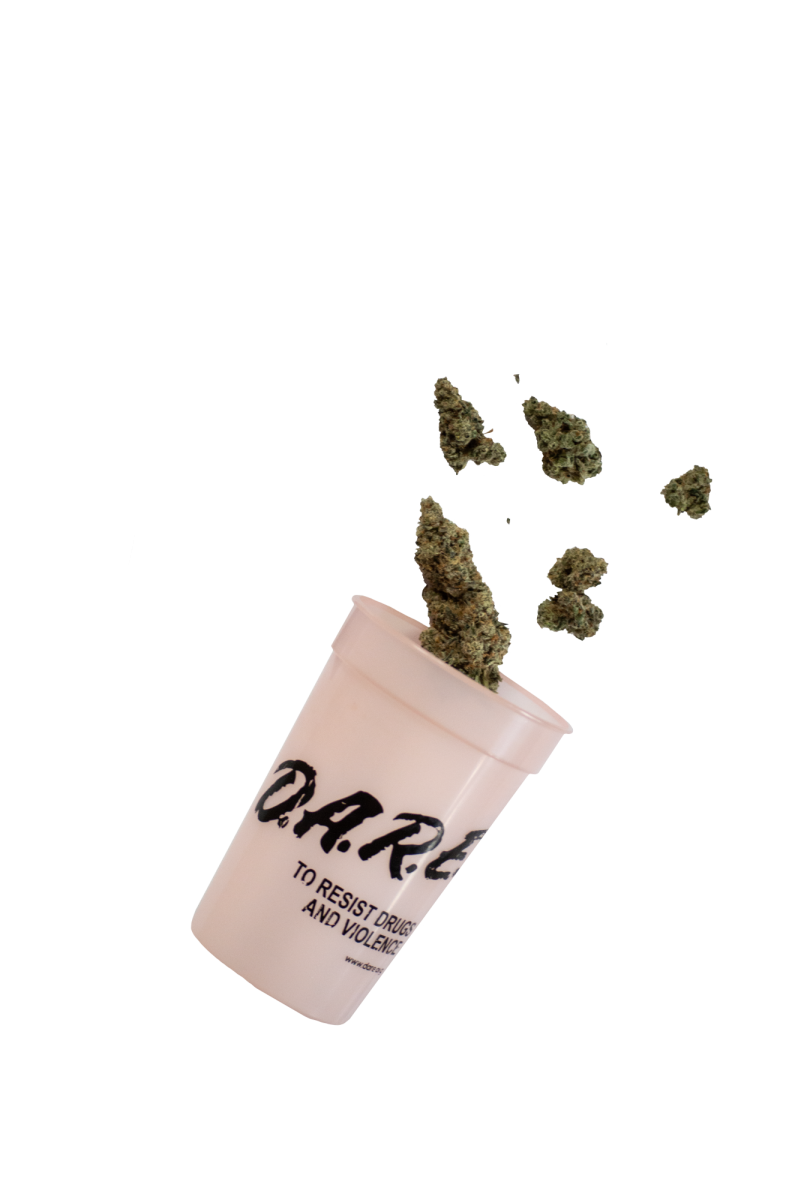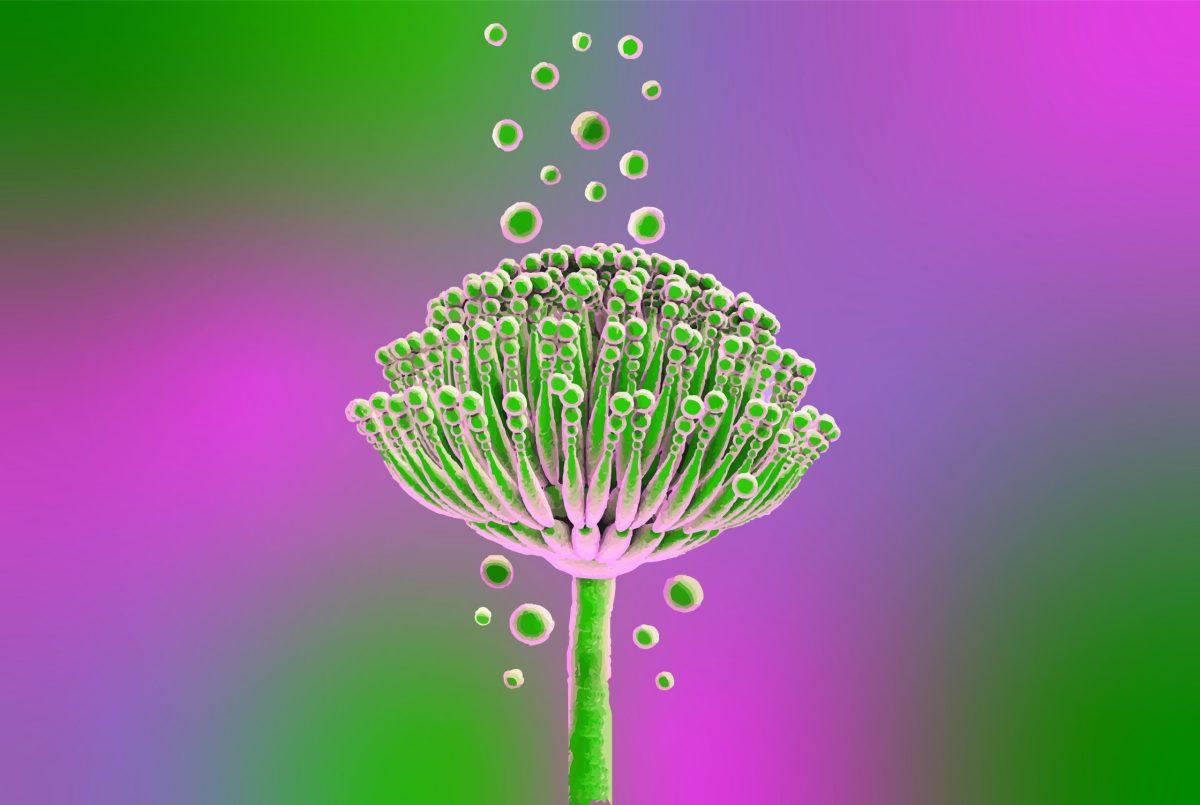We’ve all heard the words “cannabis tolerance,” but what exactly does that mean, and how does it work?
Developing a tolerance toward cannabis means that your body has become accustomed to the physiological and psychological effects of cannabis. This typically results in the need to use higher doses over time to reach the same level of intoxication as the times before, or the desired level. Cannabis tolerance is most prevalent in daily users of cannabis. The main theory surrounding cannabis tolerance is the desensitization of CB1 receptors by THC. What this means is that, over time, the use of THC can wear out the binding ability to CB1 receptors. According to the research, daily users of large amounts of cannabis develop tolerance at higher rates than those who use occasionally. However, developing a tolerance to cannabis seems to vary by person, and this is likely the result of everyone having unique endocannabinoid systems.
Variations in a person’s endocannabinoid system also relates to dosing; what works for some, may not work for others. For new cannabis users, dosing cannabis can be scary, especially when it comes to edibles. Cannabinoids have a biphasic dose-response curve. What this means is that less can actually be more: after a certain dose, the cannabinoids become less effective. The best dosing strategy is to start low and go slow. Through a campaign called “Try 5,” Oregon put in place the 5mg of THC per serving rule and consequently the 50mg package limit for edibles. These rules are intended to protect people from ingesting too much at once and having a bad or unpleasant experience. In addition, it was also meant to protect children and pets from any negative side effects if they were to get into edibles. Today, you can find “single-dose” 50mg THC edibles made to eat in one bite for those with higher tolerance levels, or you can find packs of edibles with various serving sizes of THC in each bite for smaller doses.
For extracts, concentrates and tinctures, the OLCC has limited their THC levels per package to 1000mg of THC. So whenever you see a cartridge or a dab and see 87% THC, it means there is 870mg within the entire product. For example, say the serving size for a specific cartridge is 0.05g in a product containing 870mg of THC. Doing the math, per 0.05g dab from a 1g cartridge, you would get 43.5mg of THC in a single serving.
To help remediate a cannabis tolerance, try switching up the strains of flower or concentrate you’ve been smoking for a new profile of cannabinoids and terpenes. If you’ve been using a lot of vape pens, move away from the distillate cartridges and splurge on the Live Resin cartridge next time. By changing up the profile of cannabinoids and terpenes, you are able to help “reset” the receptors they interact with. If after switching up the strain you still find a hard time reaching your desired effect, take a break for a day or two if possible. The longer you wait, the more time your cannabinoid receptors have to get back to baseline. This also means that the longer you wait, the more likely it will be that potential adverse effects, such as dizziness, nausea, and paranoia, may occur as well. Also, it is important to note that just because you aren’t receiving an “intoxicating” high doesn’t mean the cannabinoids and other compounds aren’t working in various ways to benefit your body. For some, like cancer patients, a tolerance to the “high” of cannabis is a good thing because they are often taking very high milligram doses of THC.
If you’re a customer at a dispensary in Oregon, you should be handed a little card with two warnings on it, one for pets and children and one for pregnant women. While frequent customers and medical patients may take these cards for granted, the OLCC created these with good intent. Dogs have a higher concentration of CB1 receptors in the brain than humans do. This means that THC without higher levels of CBD can be harmful to dogs or make them sick, and may cause respiratory issues that may lead to death if left untreated. The OLCC also restricts any company from marketing a product toward pets to deter people away from giving their pets cannabis products. You may see CBD for pets at your local retail store, but these are unregulated products and many should NOT be used for pets or even humans. This doesn’t necessarily mean that all cannabis is bad for animals, but pet owners should take caution with these products. Sourcing from a reputable company and purchasing from a licensed dispensary are the first steps you should take if looking for CBD products to give to your pet.
Currently, there is not much research on the topic of cannabinoids and dogs or cats and veterinarians across the country are restricted from discussing cannabis medicine with pet owners. One state, California, passed AB 2215 which gives veterinarians the ability to “discuss” cannabis with pet owners and are working on SB 627 which would allow for medical recommendations of cannabis to pets by veterinarians.
References
Ramaekers, J. G., Mason, N. L., & Theunissen, E. L. (2020). Blunted highs: Pharmacodynamic and behavioral models of cannabis tolerance. European Neuropsychopharmacology. https://doi.org/10.1016/j.euroneuro.2020.01.006







